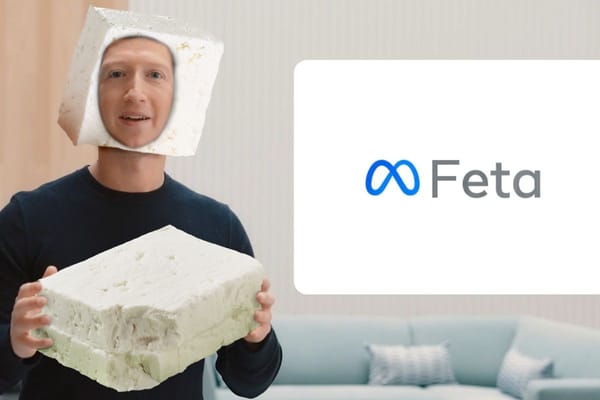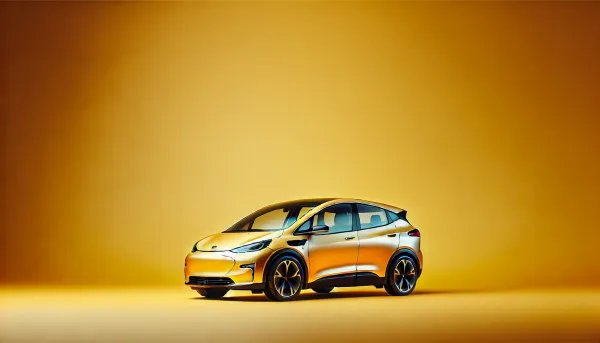Everything’s changing. Again.
We thought that everything had changed with the iPhone, cloud computing and a ubiquitous internet. And it had. Except, really, it hadn’t.

The iPhone plunged us into a new world where everything happened online
A world where Google and Facebook (and later, Amazon) were where marketing happened now.
We poured our marketing budgets into these channels because they told us what our ads were truly worth (easy to sell to our bosses). And we did it because they took care of targeting, delivery and execution (easy for us).
As these platforms made their billions serving our ads for cheap, we became overly reliant on them and we lost sight of how to actually do marketing – which is about more than just converting from Facebook or Google.
We declared TV advertising to be dead (and people are still – wrongly – doing this now). We thought that all brand building could be done on Twitter. We made the internet the home of marketing because it was comfortable and we thought it was the future.
And for a few years in the middle of the decade, it worked. Except this was short-term-ism, and we were playing on easy mode. We forgot how to market to people in the future; only converting people now.
There may have been some winners with this strategy in the 2010s, but the 2020s will be different. It’ll be the decade that brand marketing strategies and tactics help grow the biggest companies as platforms like Google and Facebook disaggregate and more brand embrace true full-funnel marketing again.
Platform dominance is over
Platforms are losing their edge and it’s a big moment for marketers. Facebook’s fading into irrelevance. TikTok could be banned at any moment. Google’s so worried about ChatGPT, they’ve called a “Code Red”. This means that we need to be more thoughtful than we ever have been over the last ten years.
Where are our customers really? How can we effectively reach them in multiple places? How might we own a direct relationship with them, if and when these platforms disappear?
The 2020s will be the decade where we realise that direct-response on platforms we don’t own is not enough.
And we’ll learn that we need to work hard to be front of mind for our categories over relying on platforms to put us there in return for payment.
So become your category’s starting point
Online and in the real world.
A few brands have done this already. In early the 2010s, you’d have Googled most things you bought online. Now, for the vast majority of shoppers, their journey starts at Amazon.
The same is true for travel. Early 2010s? Start on Google. Now? Start on Airbnb.
They did this in two ways.
One – flawless customer experience and convenience. They built products that were easy to use and available wherever their customers were (on their smartphones). And they invested heavily in making experiences ridiculously seamless (order something this evening, get it delivered tomorrow morning).
Two – building and maintaining mental availability. They use brand marketing tactics to be the first brand I think of for their category. When I travel, Airbnb is my place to start because they’ve made a very, very conscious effort to always be there in my brain as a great place to look for places to stay.
These are the brands that are set up for success this decade. And there has never been a better time to invest in mental availability because there are a lot of categories that are up for grabs.
Be the URL that is typed directly into the browser and the app that lives on the Home Screen. Don’t give that privilege to Google (side note: this also means you have to spend less money on search ads – GoCompare did exactly this – all their ads now tell you to go straight to go.compare).
And start protecting yourself now by marketing to people in the future
The brands that win the next decade are the brands that market to people in the future.
They do by telling people who they are, frequently, with easily identifiable brand codes (visual, sonic, experiential) so they’re easy to remember. This is building awareness.
McDonald’s do this excellently with colour and sound.
They tell them what they’re about – why they’re doing what they’re doing and why it’s better than everyone else’s offering. Humans are biologically programmed to love stories. So they tell theirs because stories are how people make sense of the world. This is known as building familiarity and consideration.
Airbnb’s ads are all about the experiences you’ll have and the people that enable them. Which is why I choose them, even if I don’t consciously realise it.
To do this, these brands are wherever their customers are. In a video game. On the tube. Watching Emily In Paris. At festivals. Not just at the top of Google or in an Insta ad.
Everything’s changing
2023 will be the year platforms like Facebook and Google truly begin to disaggregate.
And the brands that become the starting points for their categories over the next decade will be the ones with the unfair advantage 🚀





